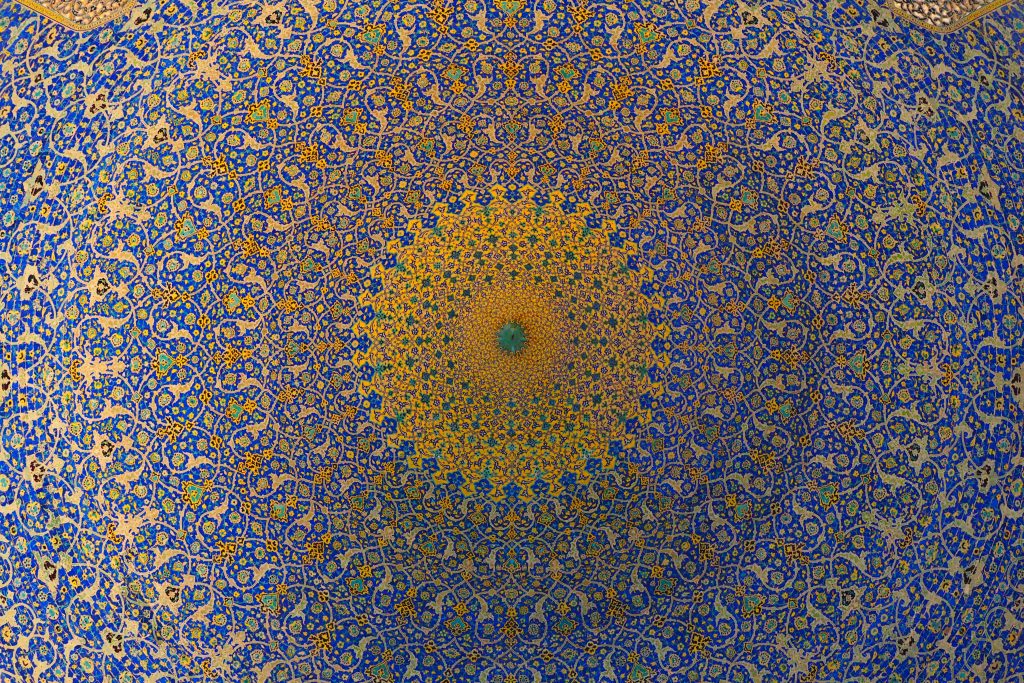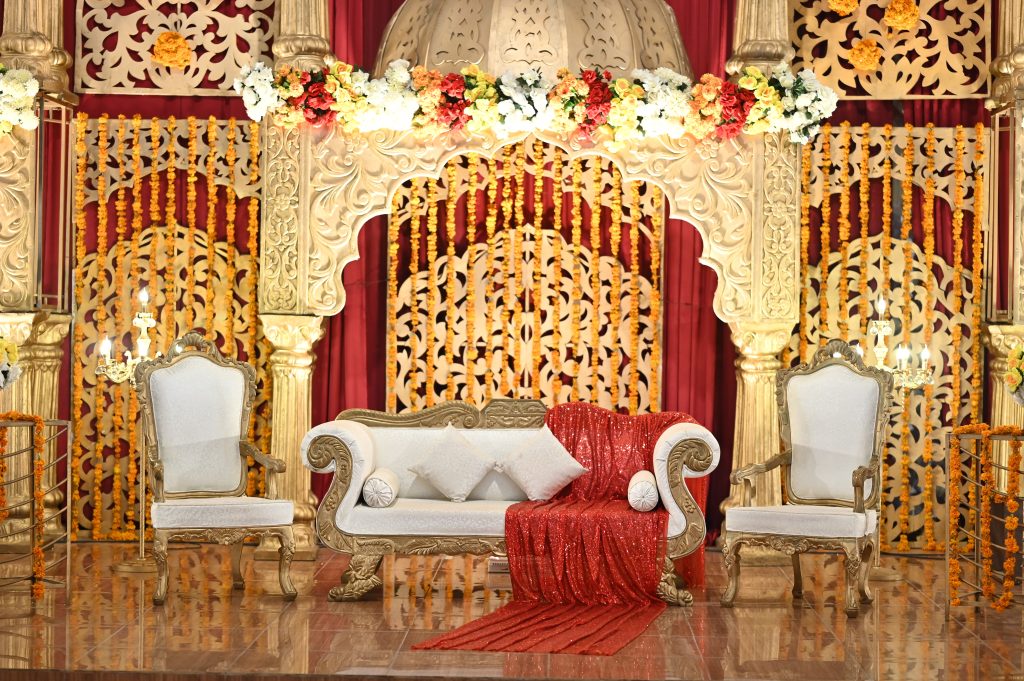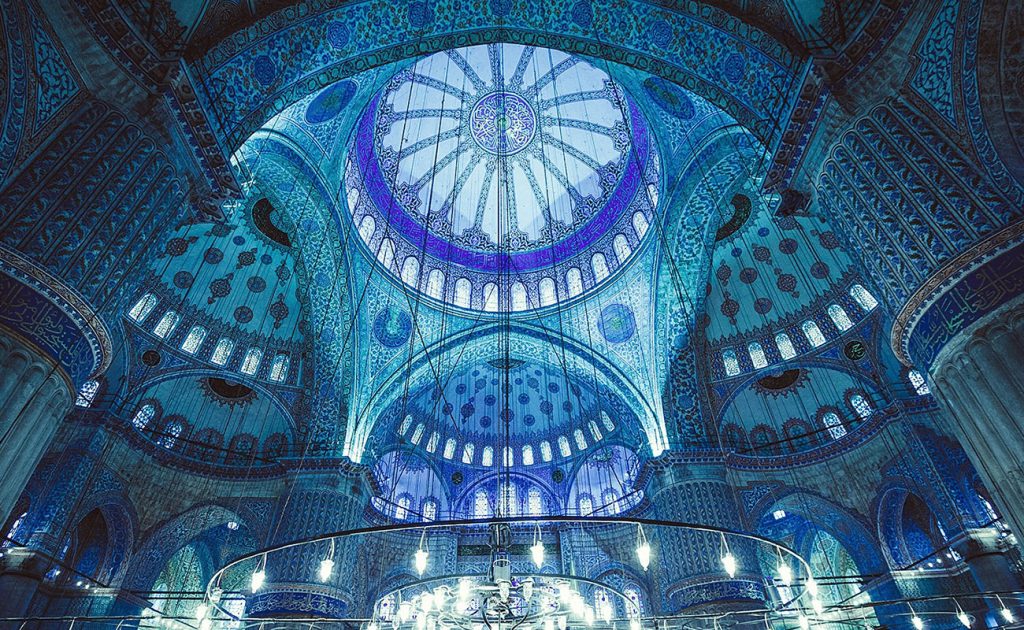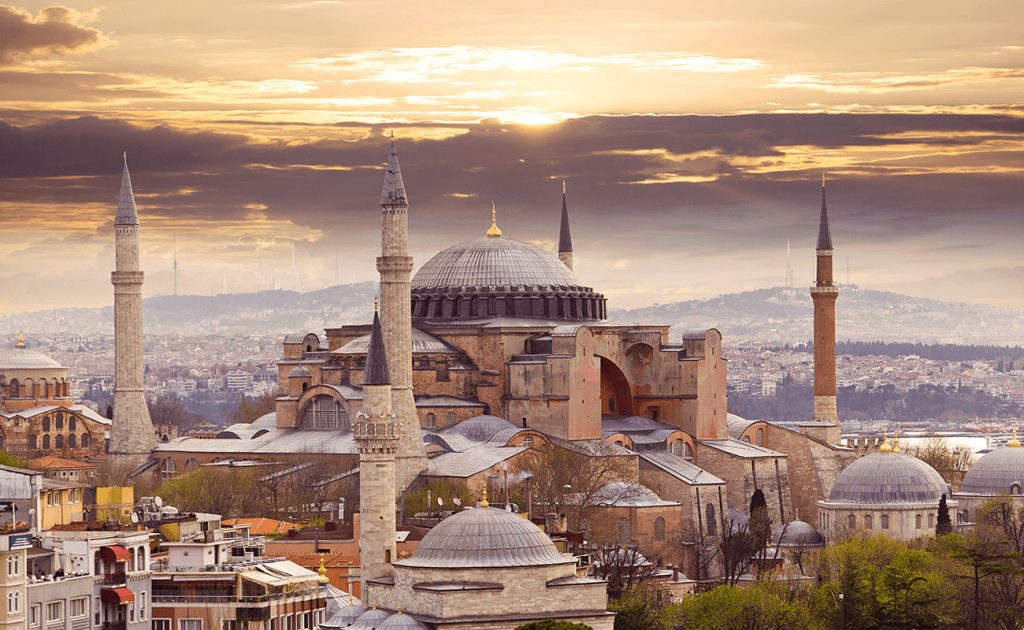Address
Binbirdirek, Dizdariye Çeşmesi Sk. No:49, 34122 Fatih
Phone:
+90 212 458 11 18
Mobile:
+90 533 404 85 15
Address
Binbirdirek, Dizdariye Çeşmesi Sk. No:49, 34122 Fatih
Phone:
+90 212 458 11 18
Mobile:
+90 533 404 85 15
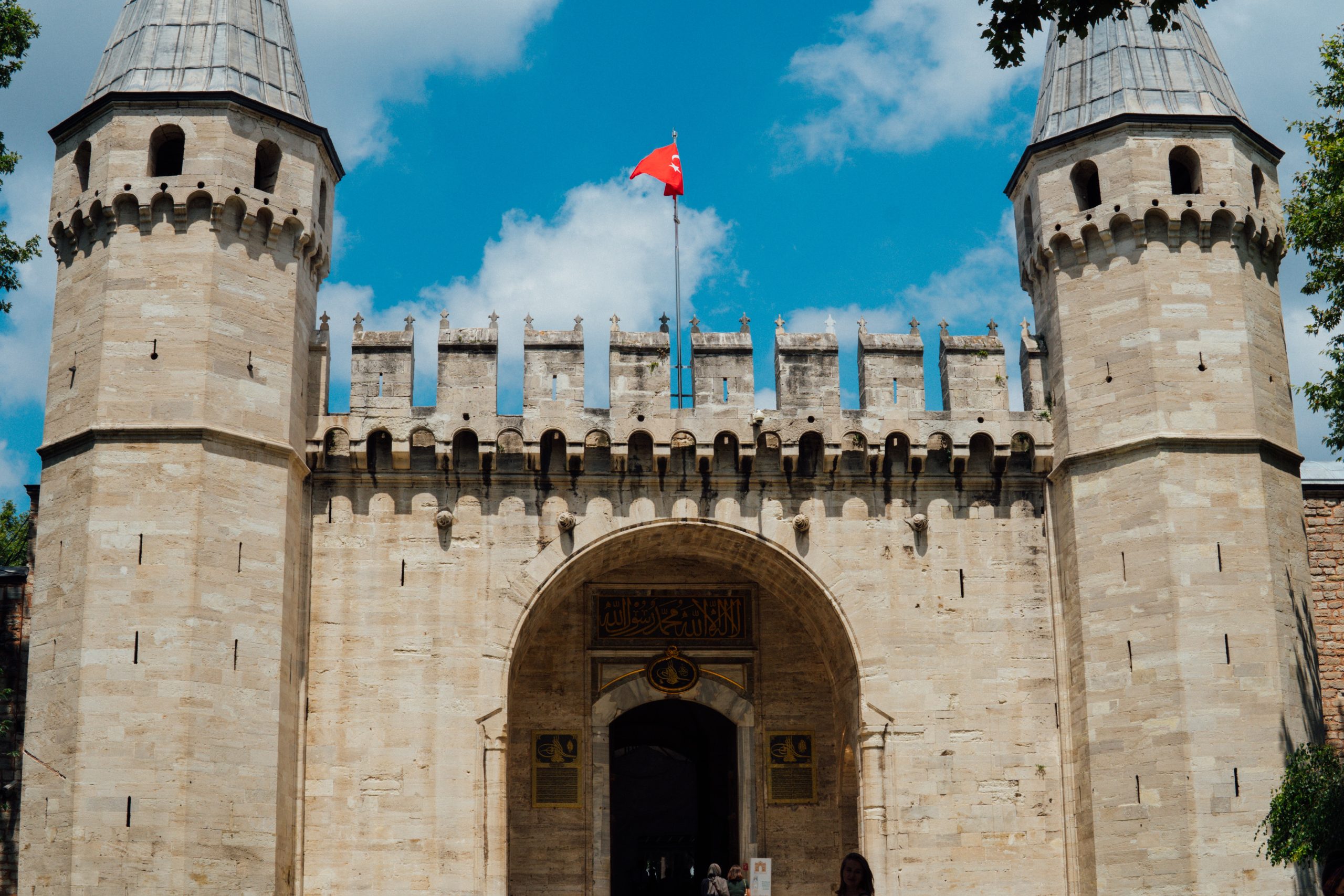
The building of the Topkapı palace complex, also known as Saray-ı Cedide-i Âmire or Saray-ı Hümayun, started immediately following the conquest of Constantinople. The name Topkapı Palace was influenced by the Top Kapısç ı Sahilsarayı (coastal palace), which was built during the reign of Mahmud I and burned down in 1862. The entire palace became known by this name in the nineteenth century.
As soon as Mehmed II conquered Constantinople, the first thing he did was to convert Hagi a Sophia into a mosque. He also converted some of the churches and monasteries into madrasahs, dervish lodges and other buildings that might be needed in an Islamic city. It is commonly known that the buildings of the Byzantine palace were not used by the Ottomans. Mehmed II, who started an enthusiastic building and transformation phase, laid the foundations for a social complex that was to be the education center of the ulama (Islamic scholars) located in the old Havariyun Church (Hagioi Apostoloi 1462-1470). They began construction of two palaces; one for a residence and the other for the seat of state. The first one was located in the city center. The joint construction of the Saray-ı Atîk (1454-1458) was located in what is today the main building of Istanbul University and partly situated on the grounds of the Süleymaniye Mosque in Beyazıt Square. This construction, encircled by walls, lost its significance with the construction of the New Palace and became a home for families of deceased sultans. We have information about the Old Palace from written sources as well as from miniatures.
According to the inscription above the Bâb-ı Hümayun, the main entrance, the construction of this palace was completed in 1478. The palace was the center of government of the Ottoman state and the living quarters for the dynasty until the nineteenth century. In 1856, the head of government and the family and staff relocated to the modern, western-style Dolmabahçe Palace. However, Topkapı Palace was not completely abandoned, and was used for official occasions such as festivals, enthronements, funerals and embassy receptions until the last days of the Ottoman state. Bodies of deceased sultans were cleansed at the Hırka-ı Saadet Fountain at the Sofa-i Hümayun. On the 15th day of Ramadan, the hırka-ı şerif (a mantle belonging to Prophet Mohammed) would be displayed in the Holy Relic Chambers in the palace. The palace was transformed into a museum in 1924 and opened its gates to the public in 1934. The Hırka-ı Saadet Chamber was opened to the public in 1962. Today, Topkapı Palace is considered to be one of the most important museums in terms of world architecture. The building itself is an architectural museum, the clothing of the Ottoman dynasty, personal objects and gifts they received, the opulent collection of china and weaponry are also on exhibit in different parts of the museum. The Topkapı Palace Museum houses an incredibly rich collection of wood and metal works, and jewellery, dating back to the 15th century up until the 19th century. The objects known as the “Holy Relics”, which belong to the early ages of Islamic history, are kept safely in the palace, making the palace a sacred place in the eyes of Muslim visitors. The palace also has a library that contains the world’s most precious miniatures, manuscripts and archive materials.
